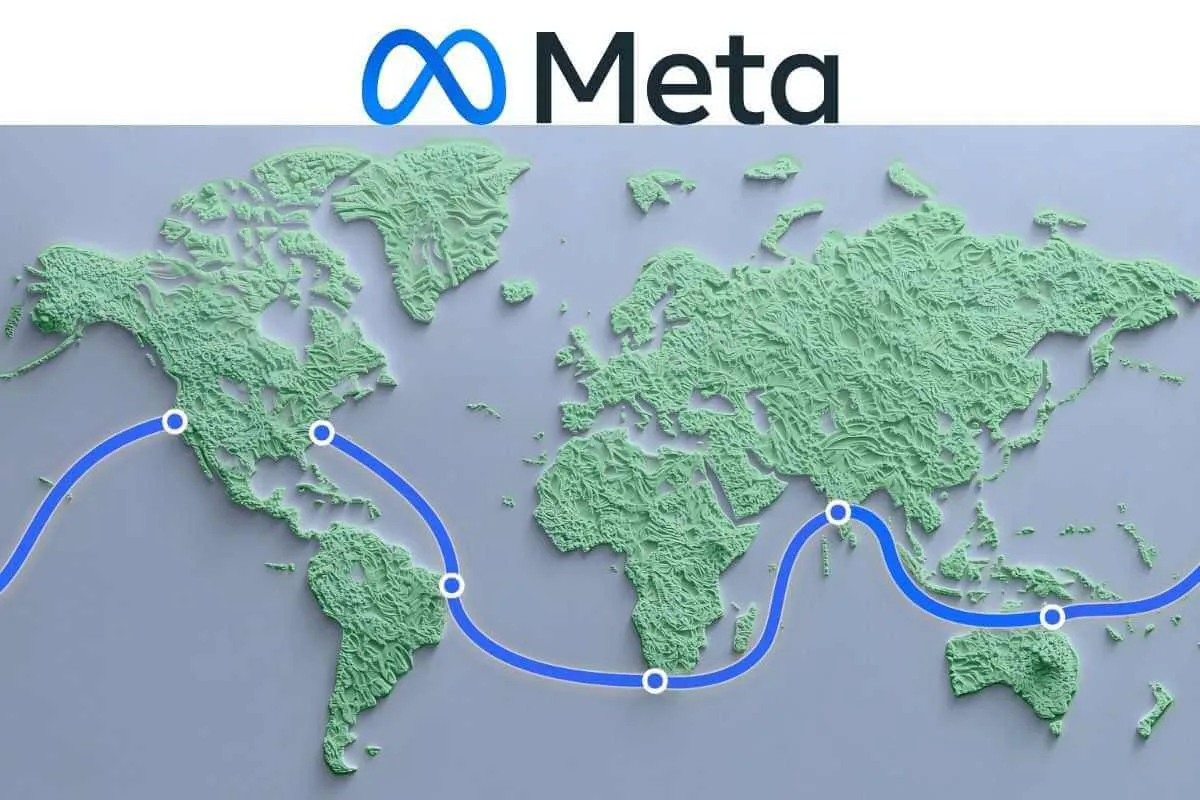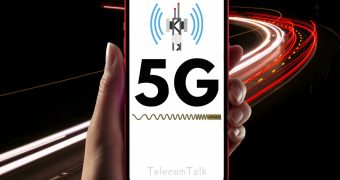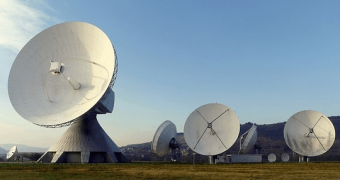
Meta is advancing its Project Waterworth, a 50,000-km undersea cable initiative set to become the world's longest. The project aims to enhance internet speeds and reliability across India, the US, Brazil, South Africa, and other key regions, supporting data demand for apps like Instagram, WhatsApp, and YouTube. Now, Meta is in discussions with local telecom players such as Airtel, Jio, Tata Communications, and Lightstorm, to land its subsea cable in India. This move is expected to boost internet speeds, reduce latency, and enhance AI-driven applications in the country, Live Mint reported, citing three executives aware of the information.
Also Read: Meta Unveils 50,000 Km Waterworth Subsea Cable Project to Boost AI and Global Connectivity
Enhancing Internet Speeds and AI Applications
Along with other subsea cables coming to India, Meta's Waterworth cable line, once implemented, will enhance internet speeds, reduce latency, and ensure a lag-free experience on apps like Instagram, WhatsApp, and YouTube. This advancement is crucial for supporting large-scale AI applications and the adoption of open AI models, the report said.
"We are exploring local partnerships with telecom operators in India, and our regulatory team is also evaluating the need for the necessary licence here to land our subsea cable," the report quoted a meta executive as saying.
According to an industry executive, capacity enhancement is critical to cater to huge data volumes going forward. Subsea cables carry over 95 percent of the world's global data traffic. Everything from YouTube videos to financial trades to personal messages flows through undersea cables, the report added.
"Meta is investing in India—one of its largest markets—bringing the world's longest, highest capacity and most technologically advanced subsea cable project to connect India, the US, and other locations," a Meta spokesperson said in response to Mint's queries.
Also Read: Bharti Airtel Lands SEA-ME-WE 6 Submarine Cable in Chennai
Strategic Partnerships Over Licensing
Meta does not hold an International Long Distance (ILD) license, which is required to provide international telecom services. Instead, the company is likely to partner with telecom operators that own the necessary infrastructure, such as cable landing stations, ensuring last-mile connectivity.
"This new, multi-billion dollar investment will stretch over 50,000 km to connect five continents, enhancing the scale and reliability of the global digital highways that power Meta's apps and services, and will be ready for service at the end of the decade," the spokesperson reportedly said, adding that the investment reaffirms Meta's commitment to economic growth, resilient infrastructure, and digital inclusion, supporting India's thriving digital landscape and fostering technological innovation.
"Projects like Waterworth, while suiting Meta’s products such as Instagram and WhatsApp in the country, will also be useful for India's AI deployments going forward as data capacities will be increased to accommodate volumes," said Amajit Gupta, group CEO and MD at Lightstorm, as quoted in the report.
Gupta suggests that, given the country's current regulatory landscape, Meta will likely collaborate with telecom operators and local partners to extend its subsea cable's reach to the last mile.
Simply put, telecom operators and internet service providers own essential infrastructure, such as cable landing stations, which play a crucial role in transmitting data from international sources to users via wireless internet and fiber networks.
"Partnership with Meta for Waterworth will bring in additional revenue streams for the companies as they would charge the company for utilising their infrastructure," an unnamed executive at a telecom operator was quoted as saying, adding that it is highly unlikely that Meta will adopt the licence route as the same will require the company to form an Indian entity.
Meta announced Project Waterworth in February, TelecomTalk reported, after the Prime Minister of India visited to the US. Both countries issued a joint statement that included cooperation and commitments on undersea technologies.
Avoiding High-Risk Geopolitical Zones
According to unnamed Analysts quoted in the report, Project Waterworth also aligns with India-US collaboration to avoid China's influence in undersea cable networks. The cable will bypass high-risk regions such as the Red Sea and the South China Sea, where frequent disruptions and repairs pose challenges.
"Meta would avoid such high-risk geopolitical regions like the Red Sea and go with trusted geographies with selected vendors," the company executive reportedly added.
Also Read: Bharti Airtel Lands 2Africa Pearls Subsea Cable in India
India's Subsea Network
Currently, 18 submarine cables land in India across Mumbai, Chennai, Cochin, Tuticorin, and Trivandrum, with private firms such as Google, Meta, Airtel, and Jio working on five more projects. Meta is also collaborating with Airtel on the 2Africa Pearls subsea project, while Jio is developing India-Asia-Express and India-Europe-Express.
On Thursday, Airtel said it had landed the 2Africa Pearls cable in the country, connecting India to Africa and Europe via the Middle East. 2Africa Pearls brings over 100 Tbps (terabits per second) of international capacity to India, it said. You can read more about Airtel's announcement in the story linked above.















